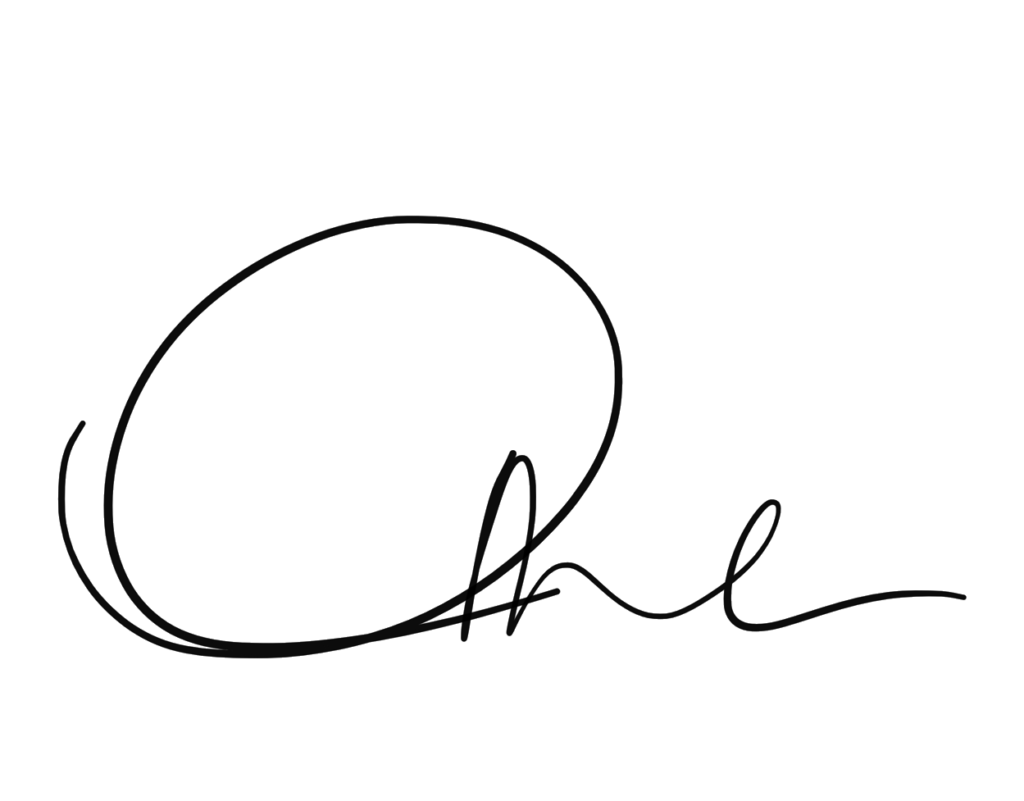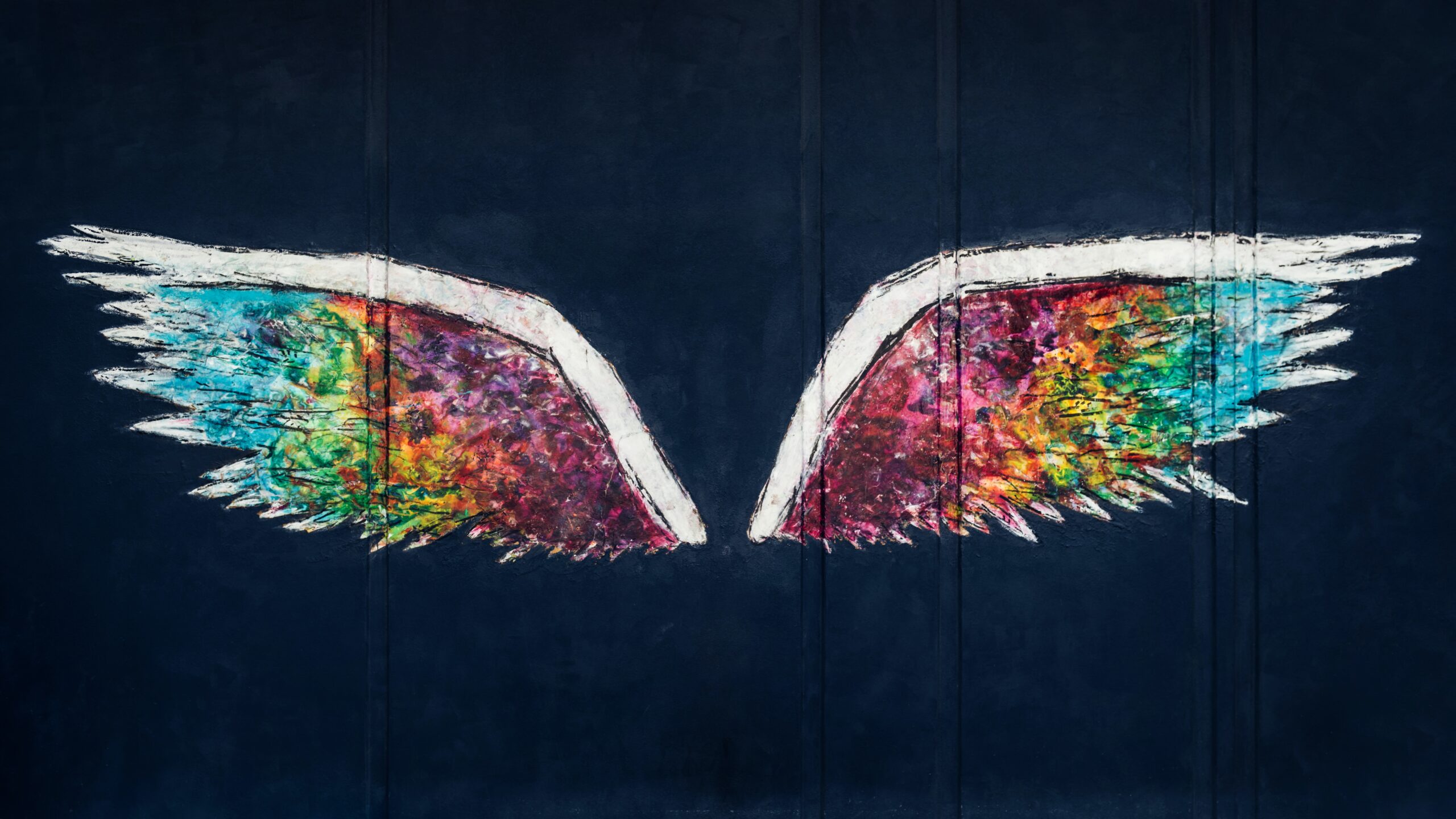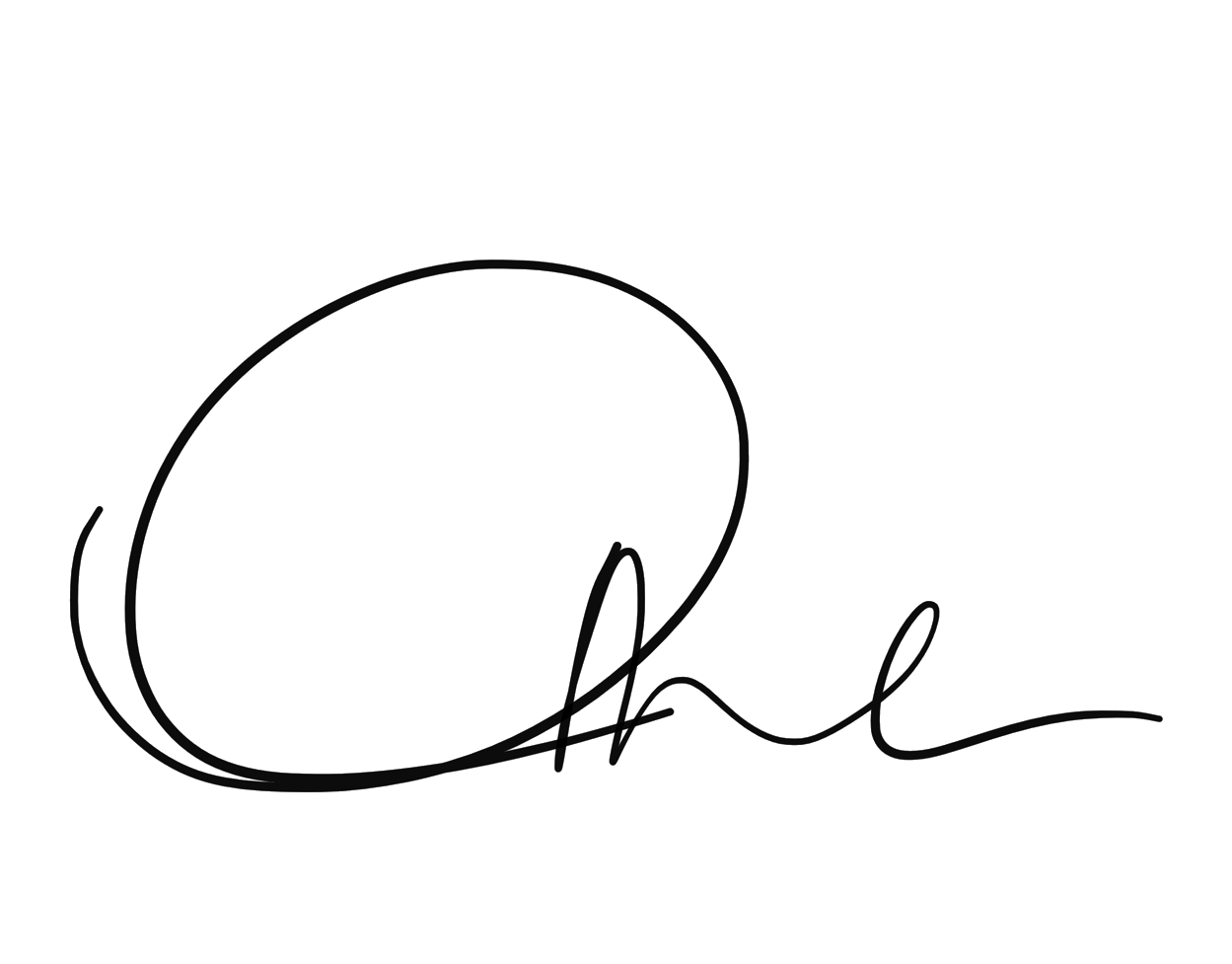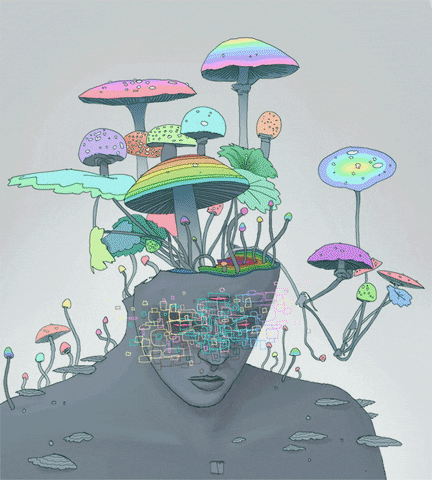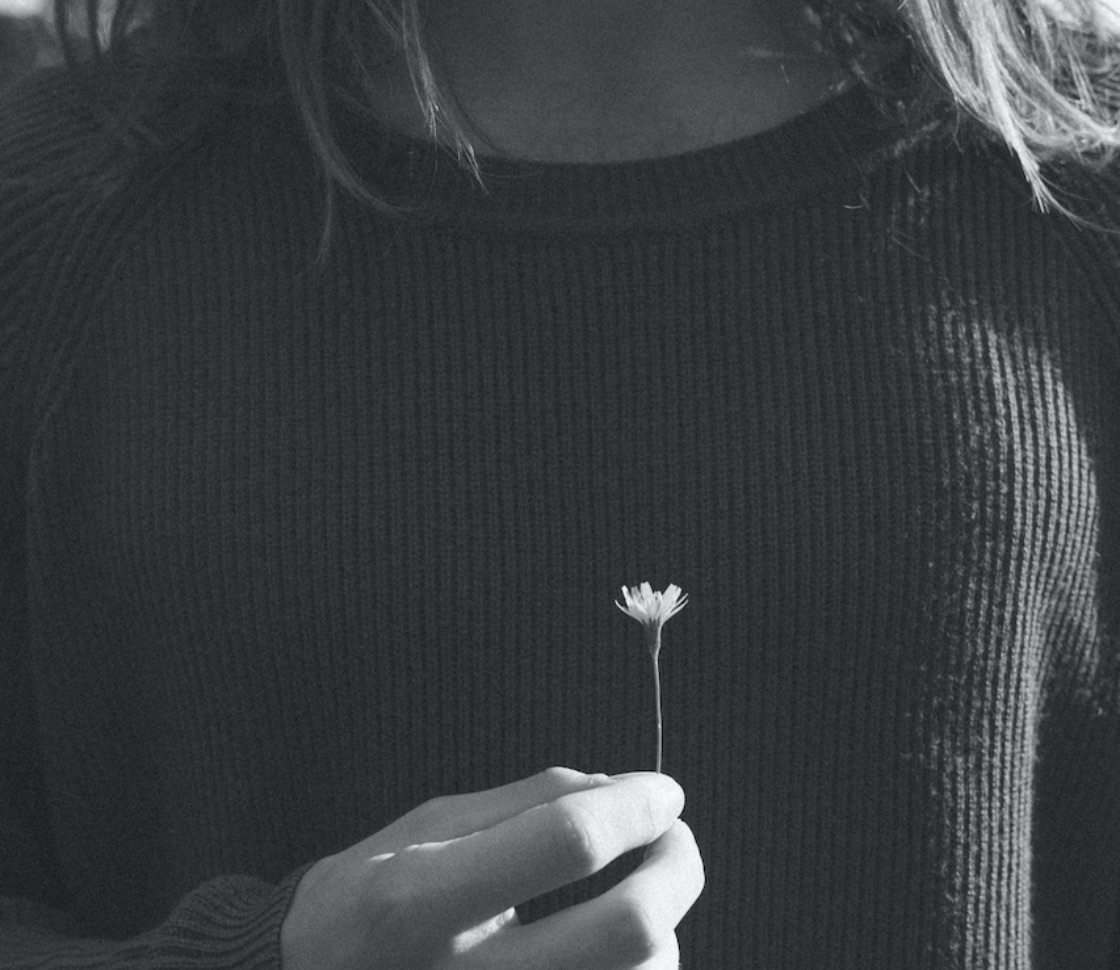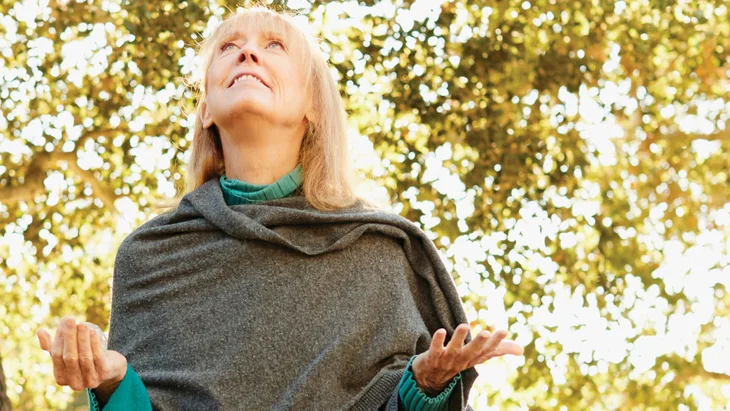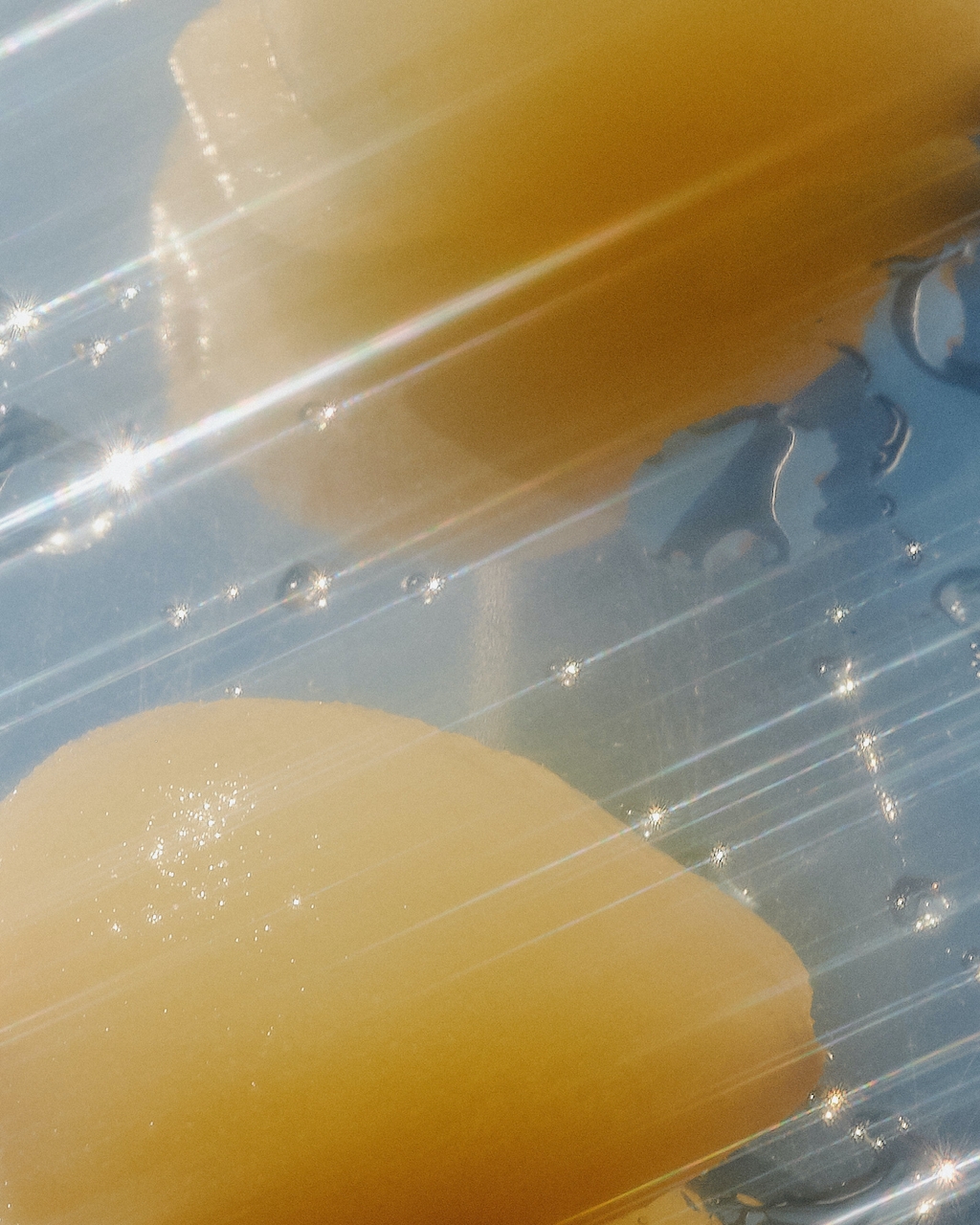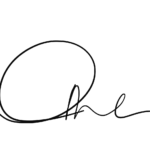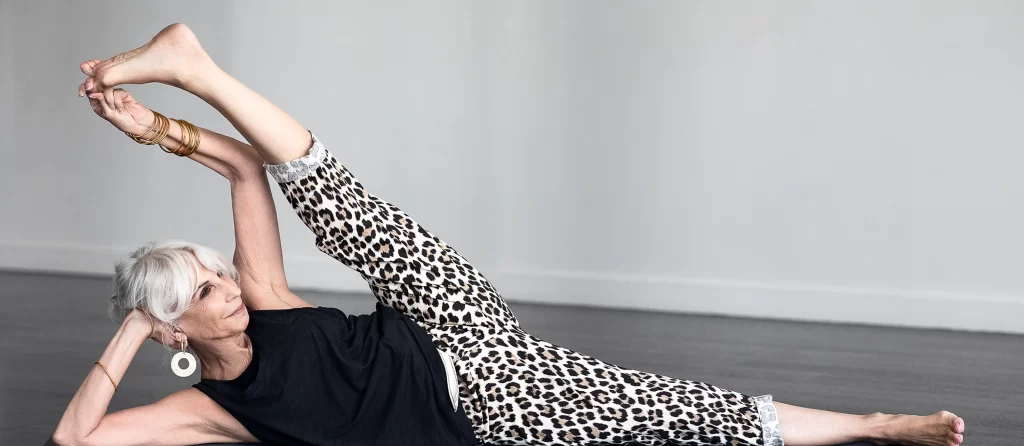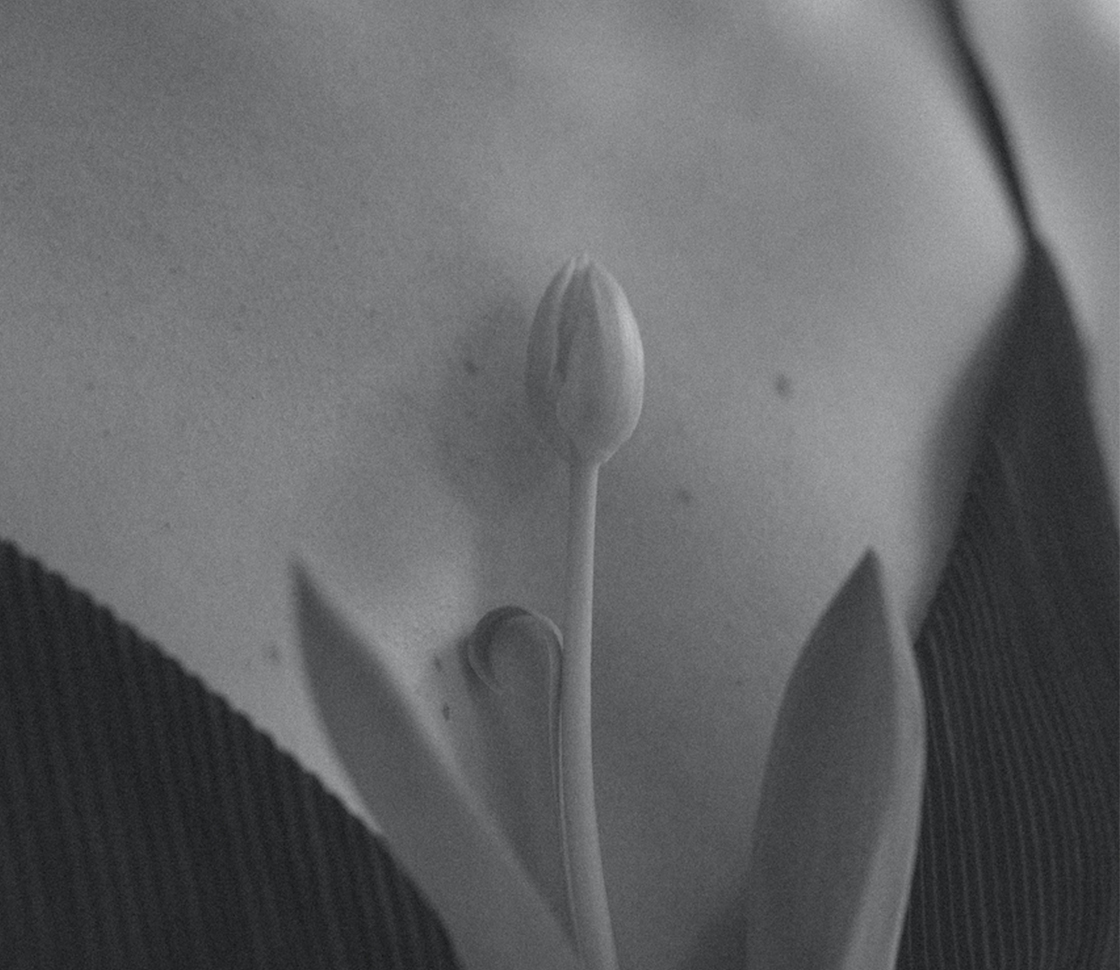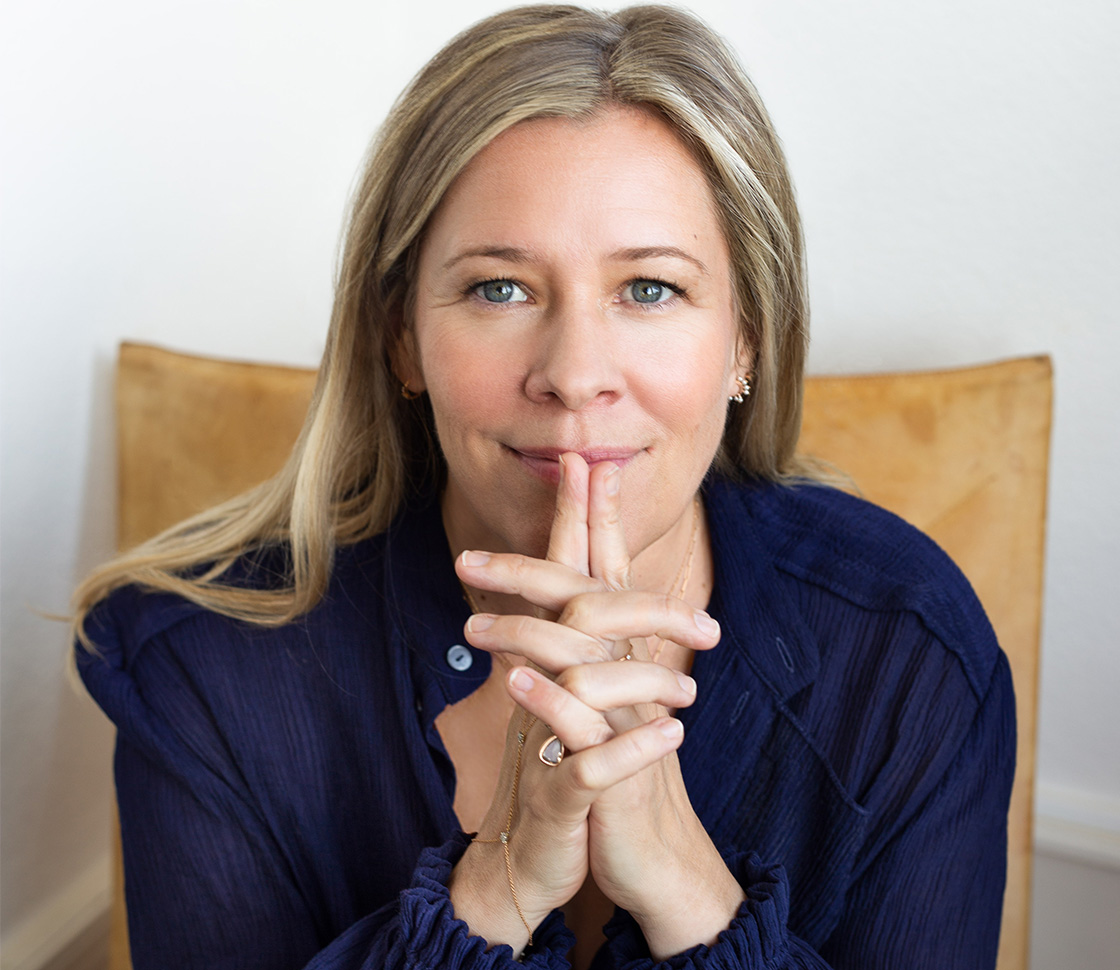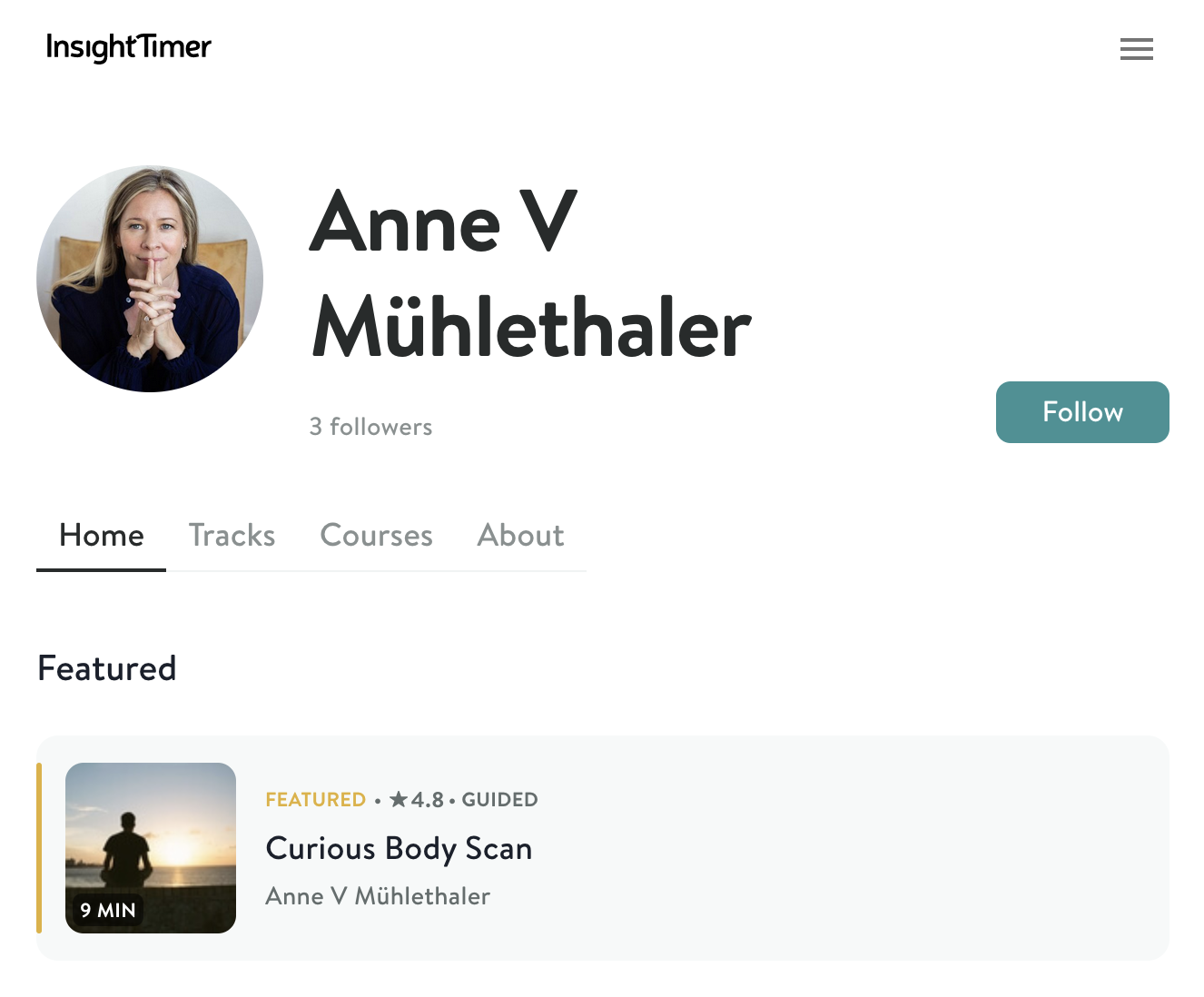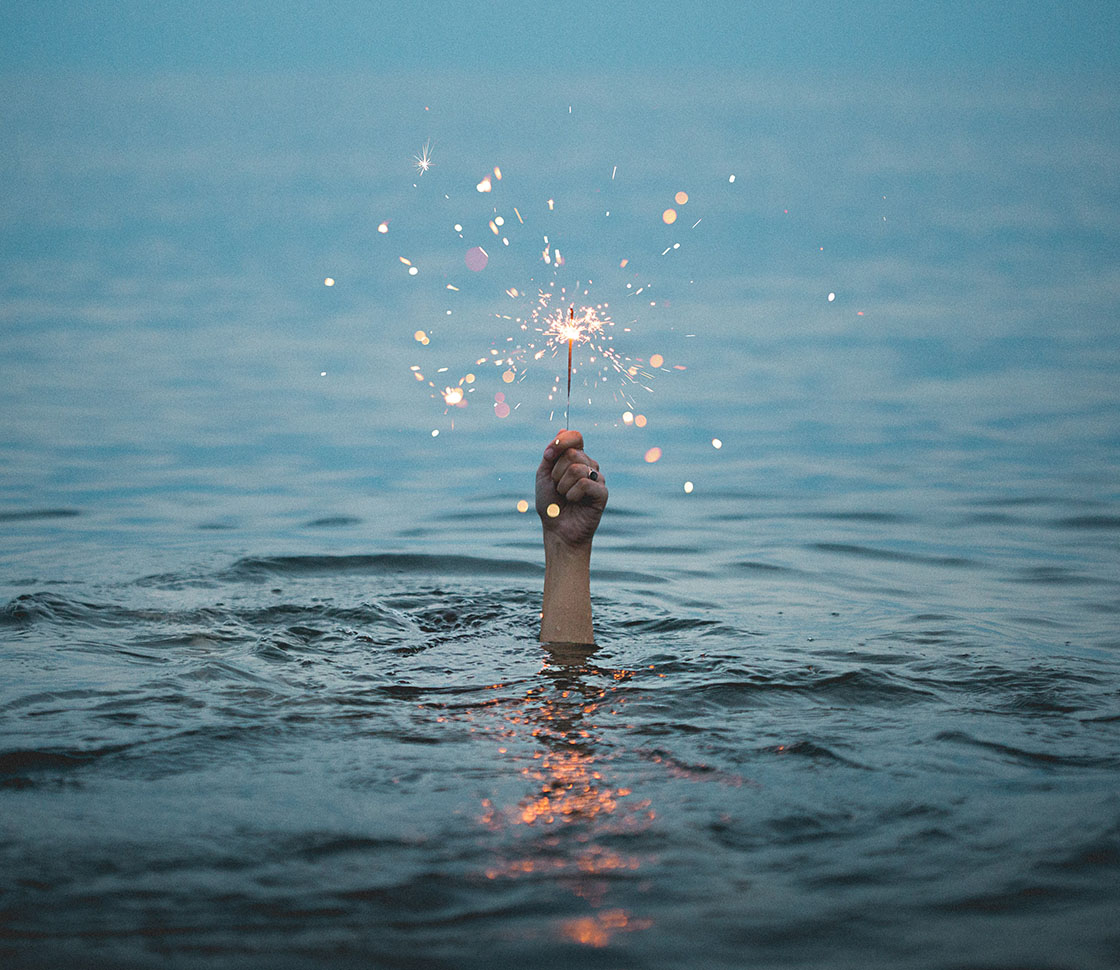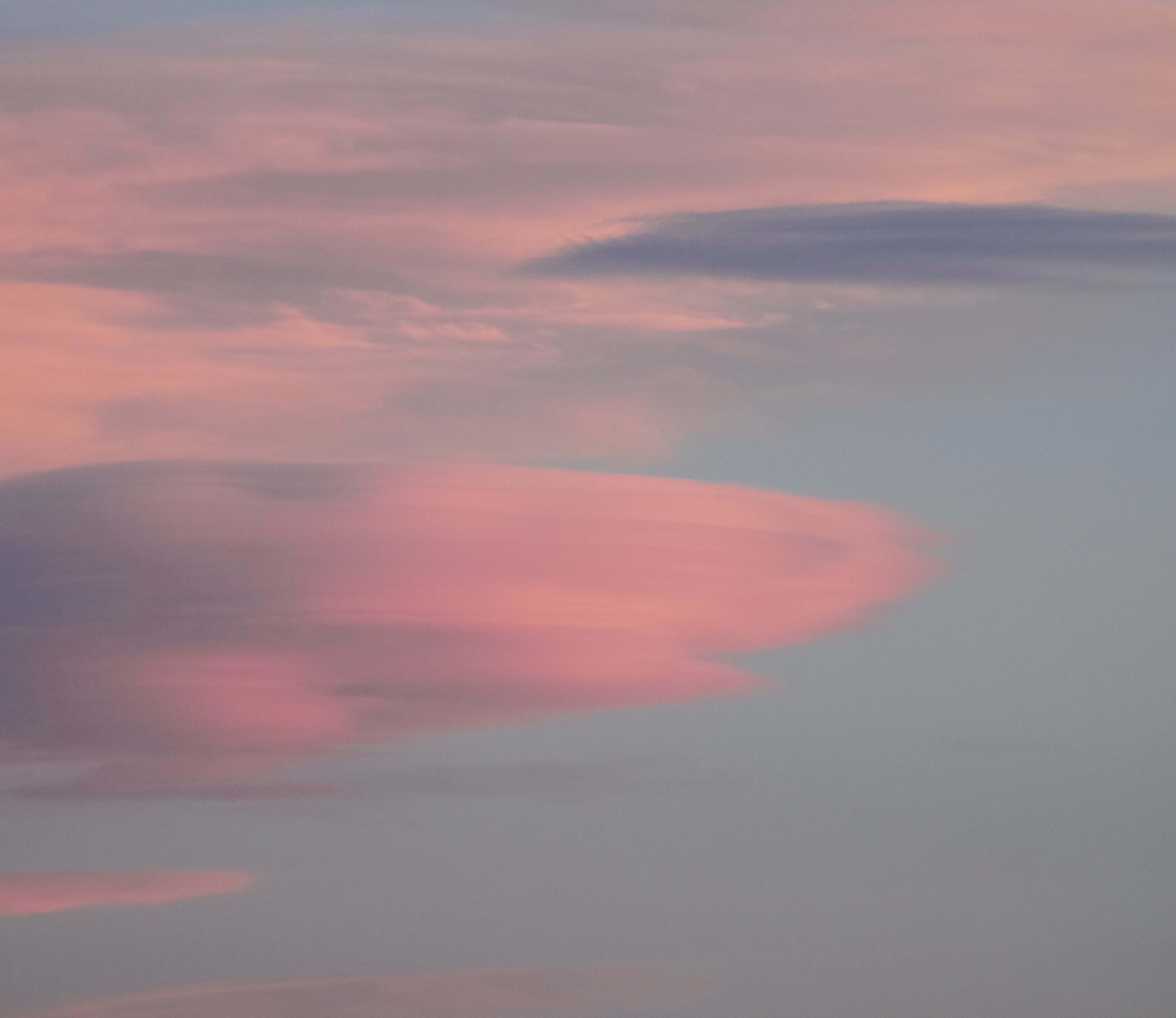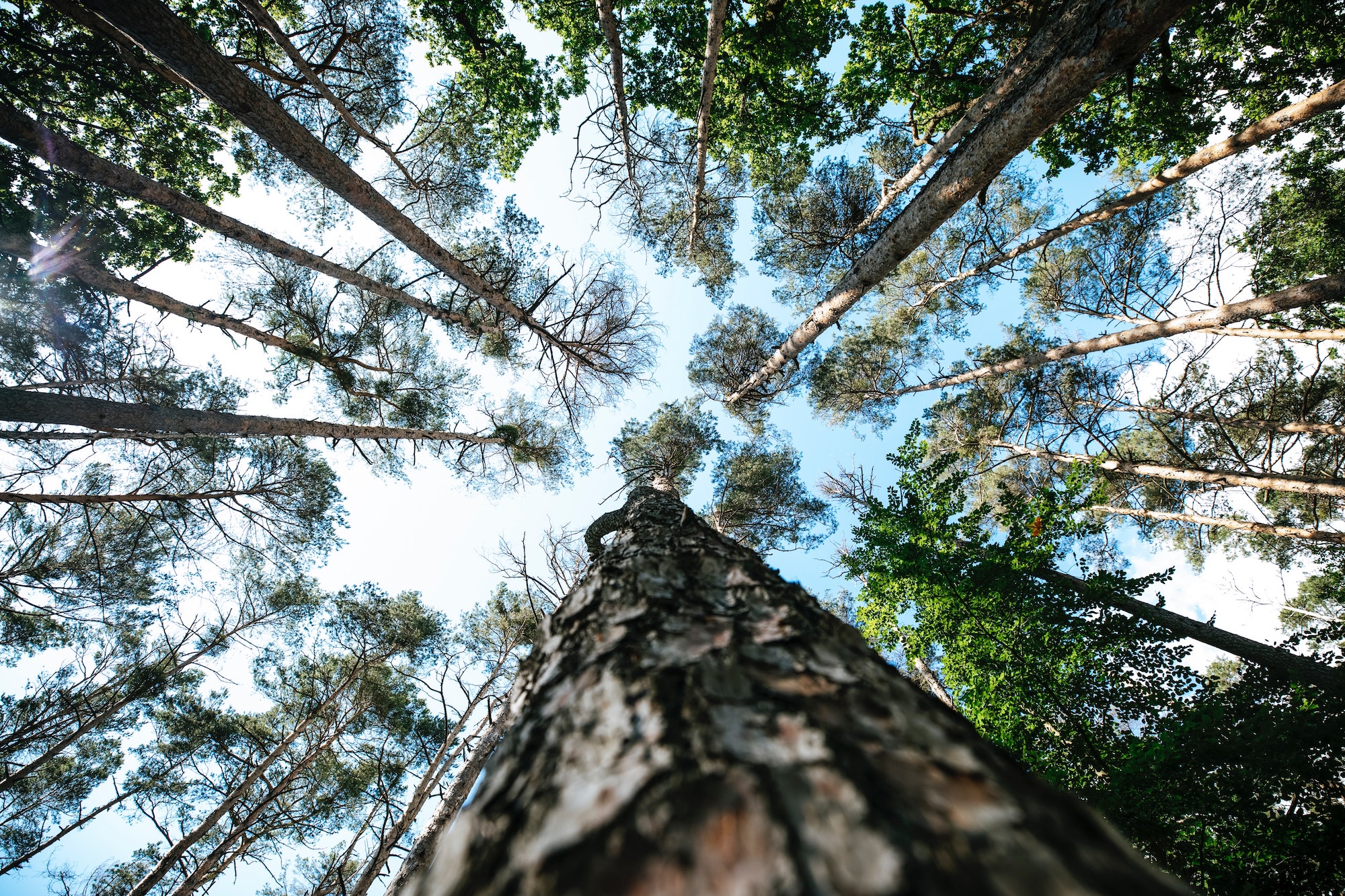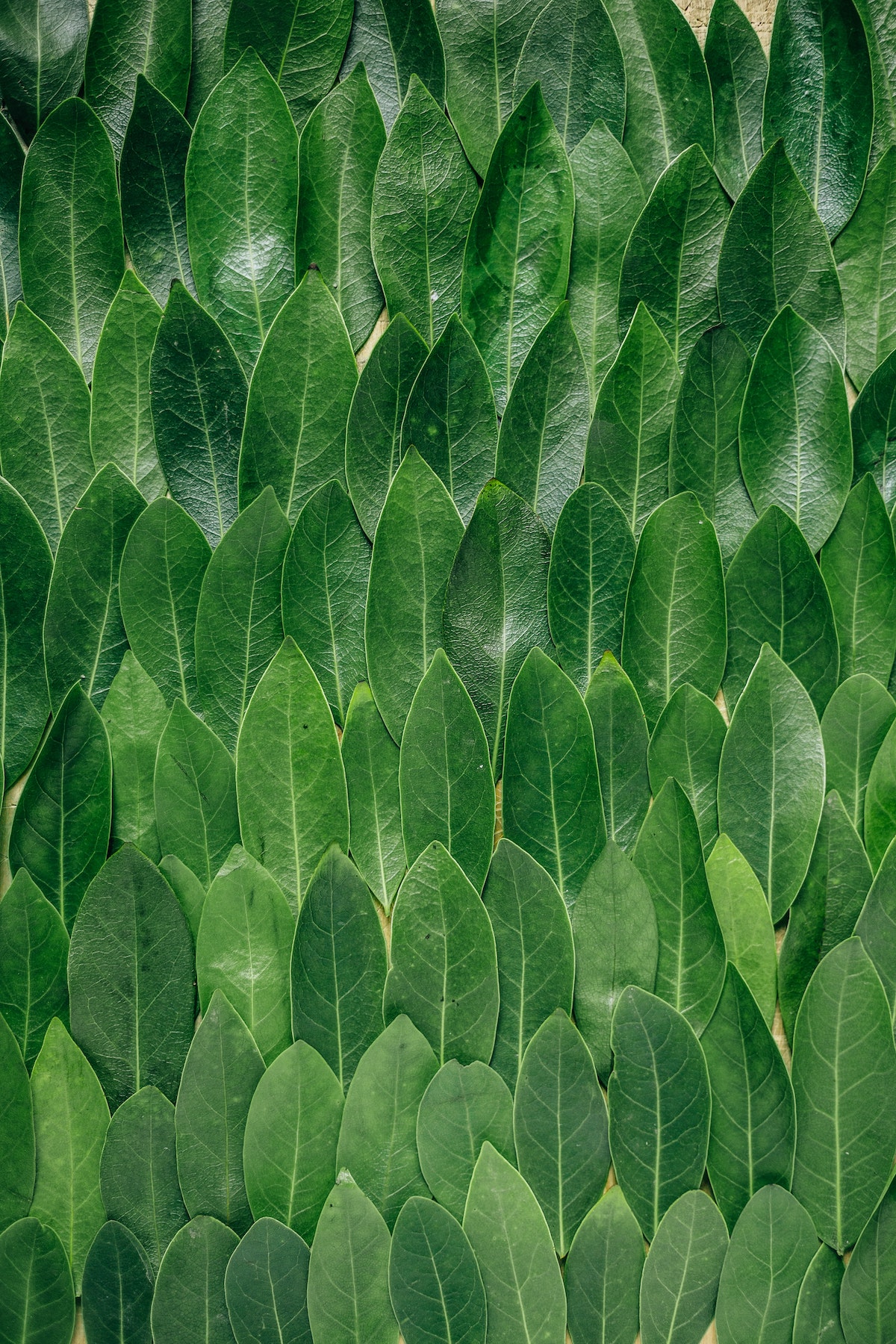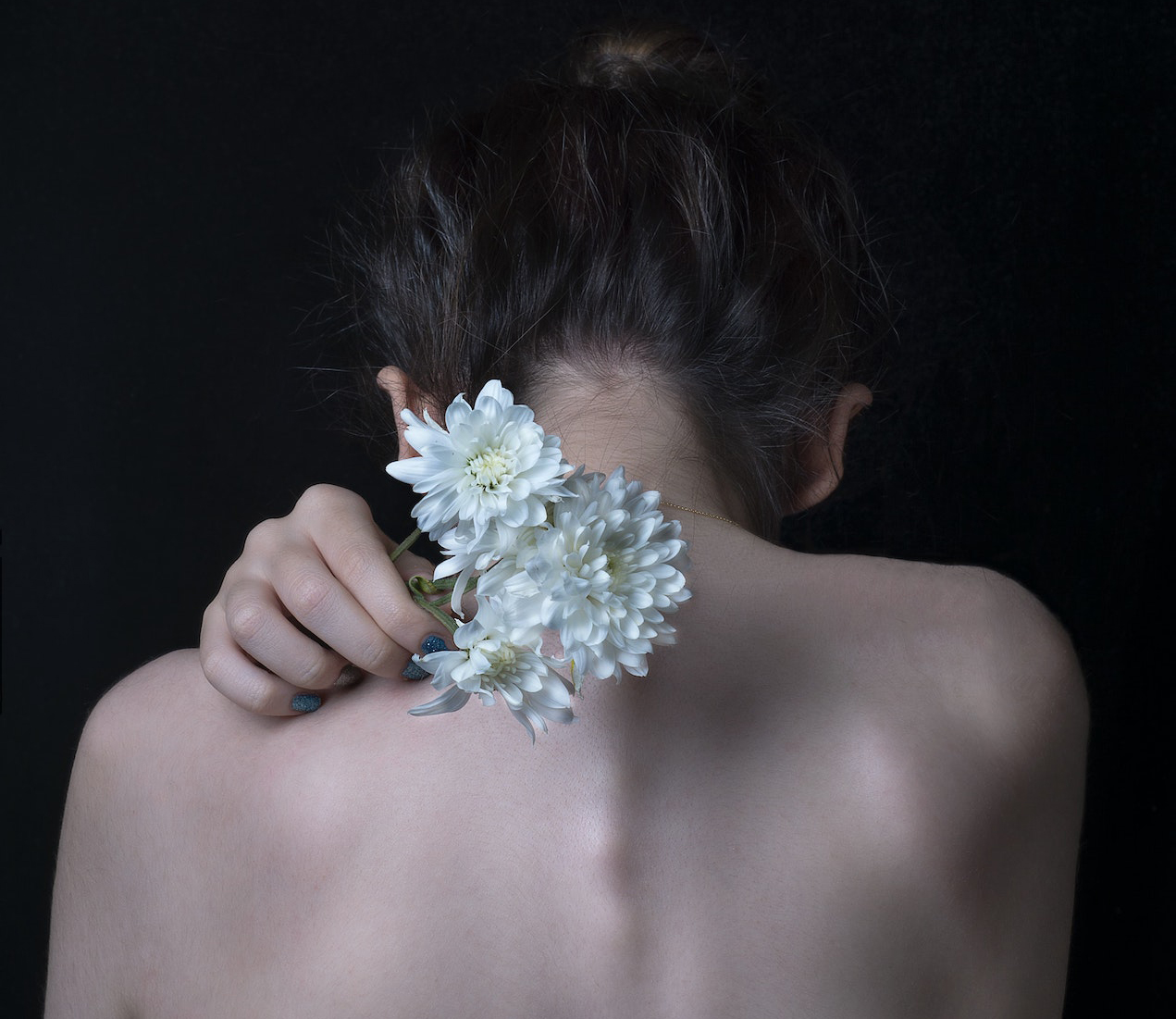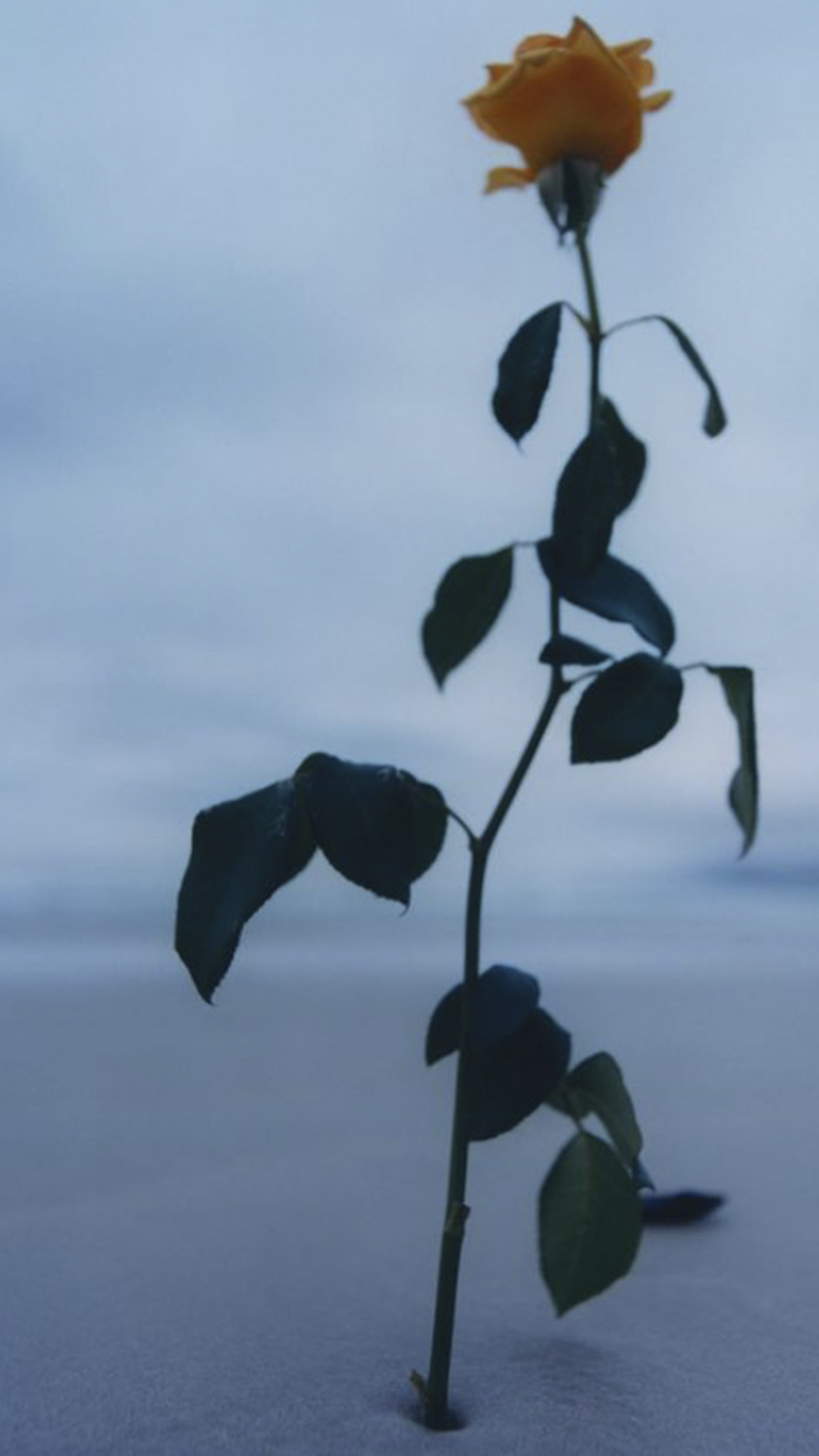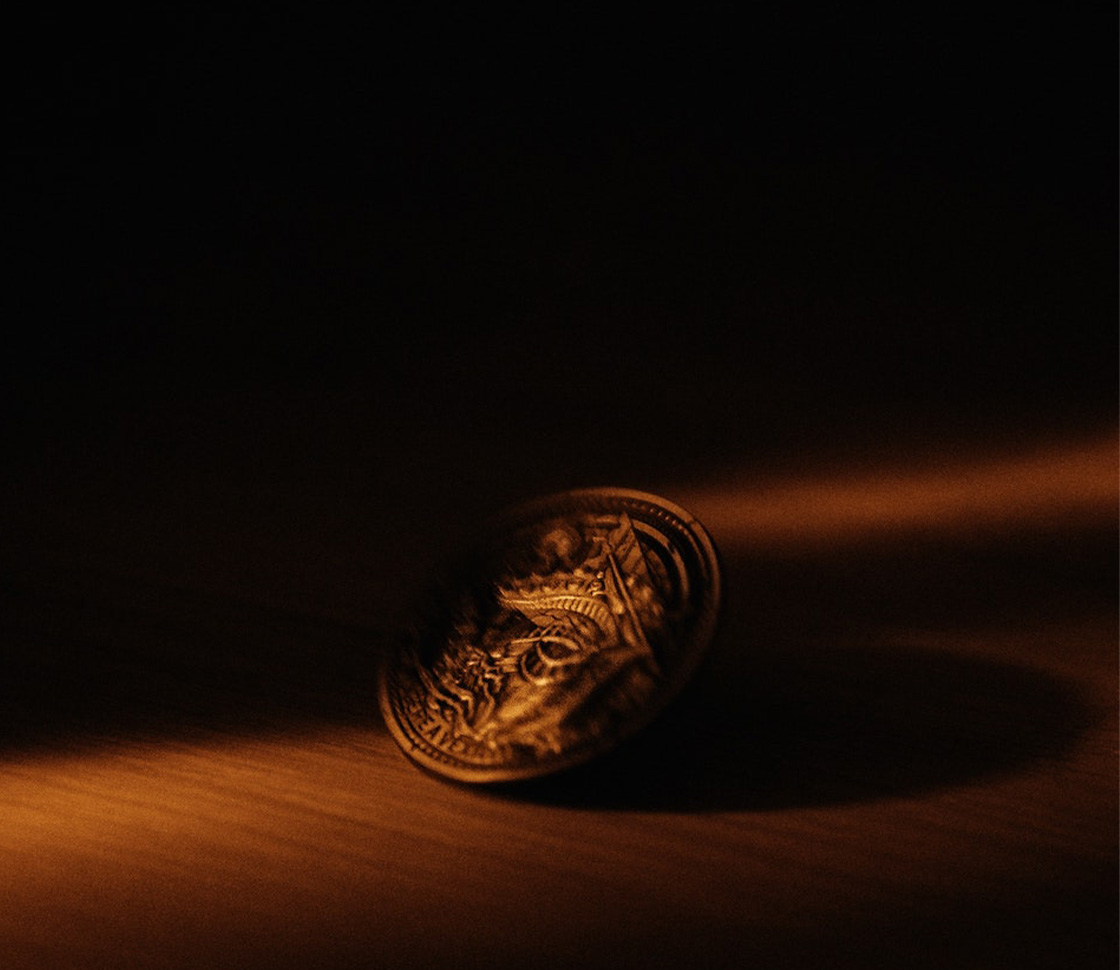Sometimes all we need is an excuse to start something new. For me, and perhaps you too, the start of a new year is the perfect occasion to get on top of the change we want to see happen in our lives.
If meditation, or mindfulness in particular, is one of those things you’d like to pick up and become a regular practitioner of, well, this message is for you.
Are you ready to give mindfulness a try? Then join my free 21 day challenge: 15 minutes a day, starting January 6th, 2024.
Now if you wonder why I’ve made it a 21 day experience, here’s a story for you.
ON FORMING NEW HABITS
A few years ago, I took a random meditation class. It was free, I didn’t even know what type of practice it was. I just went.
And nothing transcendental happened over that half an hour of meditation. I just remember the pins and needles in my legs and that after we’d come to open our eyes, our instructor offered this thought:
‘Imagine how powerful it would be if someone were to do this everyday.’
And I heard my inner voice boom:
‘CHALLENGE ACCEPTED!’
I walked out of the building without asking for further instructions. Instead, as I climbed up the hill to my hotel room (I was on holiday in Thailand), I debated internally about how long it would take me to install this practice — I mean after all, I’d accepted a challenge, but I didn’t know what it would take to make it happen.
After all, so few of us ever hold on to our resolutions.
How could I make this stick?
I’d heard people say that three days is a streak, but that you need 21 days to install a new habit; but then I heard others say 40 days. I wasn’t particularly interested in fact-checking this to get the ‘science’ right, so my inner monologue drove me to conclude:
‘I’ll just meditate everyday for six months.
That should do it.’
And it did. The practice that turned me from non-meditator to meditator wasn’t mindfulness, or vedic meditation, or transcendental meditation, it was Loving Kindness, or Mettā, from Pali.
Of course, over the following weeks, engaged as I was in my challenge, I started to explore a few other types of guided meditations. I got into Tara Brach’s podcast, and loved her dharma talks. With her, I got into mindfulness of the body, RAIN (Recognize, Allow, Investigate, Nurture) and compassion practices.
I also dabbled in vedic mantra-based meditation, kundalini guided practices with an American coach, which got me in some interesting states. I peppered my weekends with these other methods, while keeping to my daily Loving Kindness practice.
Without knowing it, I was tapping into what I later heard my teachers call ‘The Two Wings of Mindfulness.’
You see, going down the mindfulness or insights meditation route only isn’t enough.
While these will help us engage with the present moment with more spacious awareness, help us become more responsive, rather than reactive, and open us up to a more direct, intimate relationship with our minds and bodies, these are solo, self-centred (literally) individual practices.
And you may have noticed that we live in society.
So the second wing, the one of compassion practices, invites us to connect to ourselves AND others.
Known as ‘heart practices,’ these guided meditations are based on concentration and focus nonetheless and, like mindfulness, they help foster a sense of groundedness and centring.
Loving Kindness, Compassion and Self-Compassion, far from being soft, are deeply powerful methods — the practice of which can help us to unleash the power of connection.
Recent academic studies also offer some explanation to my own experience. You see, I wasn’t a special snowflake. Many others come out of a single Loving Kindness class and continue to meditate for up to fifteen months after a single session.
Loving Kindness and compassion practices activate diverse parts of our brains including the prefrontal cortex, responsible for behaviour. Now the science is all well and good. I just love it because it puts into words what I experienced, and if you want to read a full list of the benefits, then head over here.
ACCEPTING THE CHALLENGE
Across the 21 days, we will explore many different forms of mindfulness and compassion meditations, so no two days will be alike.
21 days of mindfulness and loving kindness is my way to offer you a taste of the practices that have made my life better.
Also, it’s free!
And I won’t judge you if you miss a day.
But I’d love for you to take on the challenge. Are you ready?
Can you just imagine… how powerful would it be if someone were to do this everyday?
What next?
Sign up via the Out of the Clouds MeetUp Group.
What to expect:
- 15 minutes every morning, starting live at 8am CET.
- 1-2 minutes of introduction, 12 minutes of practice, ending with a quote or reflection before I send you off to start your day.
- One-link click to get in (I’m not using Zoom but a new platform, called Riverside)
- You won’t be recorded, no direct interactions on camera, but there will be a chat thread for prompts and more.
- All 21 practices will be recorded and made available as a paid course later on — so get in on it now for free.
I hope you’ll join me! If you have any questions, just get in touch at hello@outoftheclouds.com.
Also, wishing you a wonderful start of the New Year. May it bring you everything you desire.
